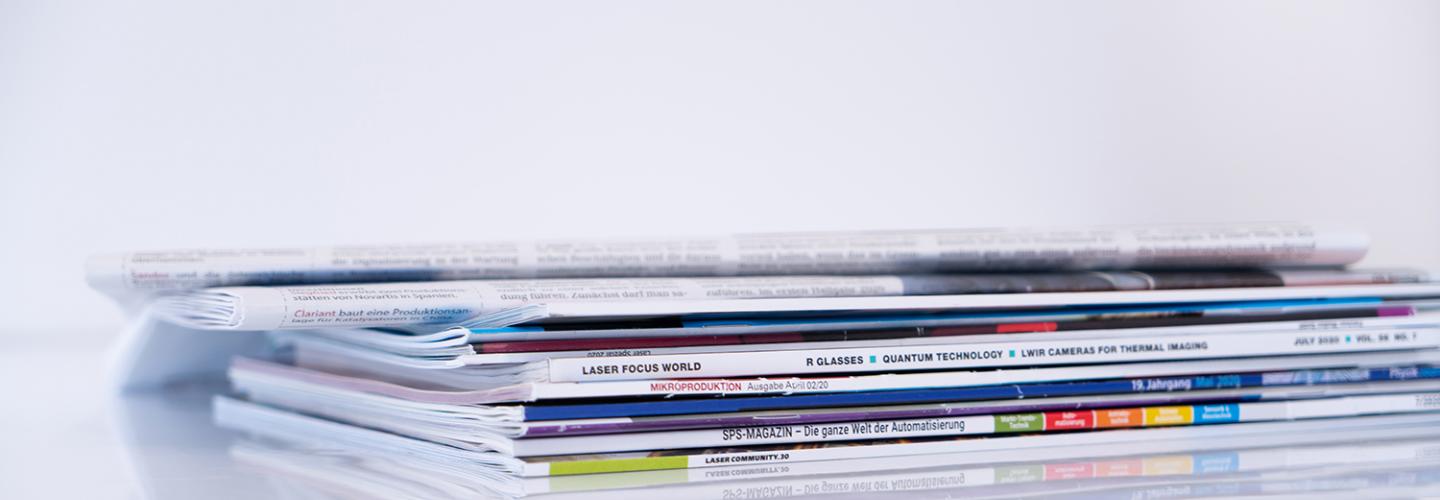Smartphones Improve Laser Processing Quality
SCANLAB GmbH's CALsheet program places a new, exceptionally easy-to-use calibration solution into customer hands. The software enables simple correction of system-specific errors. With just a few steps, custom correction files can be generated that improve processing accuracy to as good as 30 µm.

In laser processing, highest quality is of capital concern. The more expensive the processed components and shorter the allotted processing time, the more crucial it is to avoid rejects from the get-go. To this end, SCANLAB has added the CALsheet program to its line of calibration solutions.
Materials processing and marking applications via scan systems with an F-Theta objective and two mirrors on galvo scanners will produce characteristic image field distortions, also known as pincushion and barrel effects. Wherever SCANLAB scan systems are driven by RTC control boards, these inaccuracies and system-specific properties can be compensated via a new calibration solution in just a few steps.
A paper test sheet is laser marked and then overlaid with a transparent, grid-structured glass master. The marked sheet with overlaid master is then photographed, either simply via a smartphone or with a flatbed scanner for even more precise results. As soon as the image is transferred to the calibration software, a custom correction file can be calculated from it. When laser processing again with this correction file, accuracy improves to 50 µm when a smartphone photo was used, or 30 µm for a flatbed scanner image. The entire procedure of optimizing process results takes only a few minutes.


